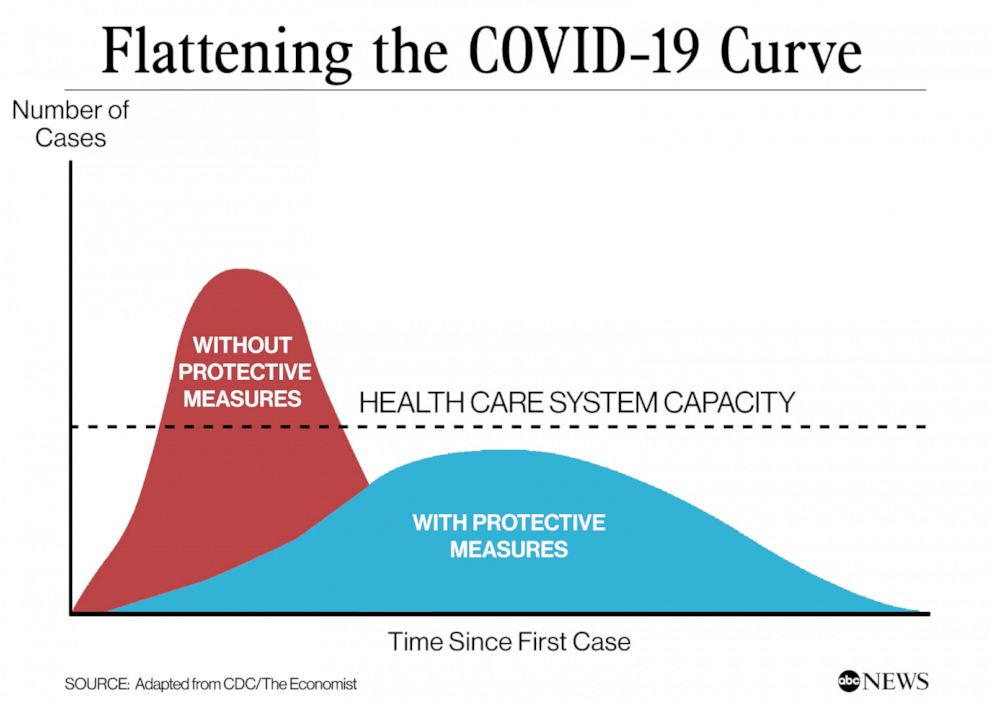COVID-19 is an infectious disease caused by the newly discovered coronavirus. In the time between its emergence and now, there has been a steep increase in the number of cases witnessed across the world. The COVID-19 virus is transmitted through contact with droplets of saliva or discharge from the nose of an infected person or through contact with contaminated surfaces. People infected with the COVID-19 virus show a varying range of symptoms. Common signs and symptoms include fever, dry cough and tiredness, with the more serious ones being shortness of breath and chest pain. Most people infected with the COVID-19 virus will recover without requiring special treatment. However, older people over the age of 65 and those with existing medical problems such as cardiovascular disease, diabetes, chronic respiratory disease and cancer are at a higher risk of developing severe illness. Although there are many ongoing clinical trials evaluating potential treatments, there is still no specific treatment to cure COVID-19 at the moment. Hence, this highlights the importance for each individual to take action to prevent and slow down transmission of COVID-19. With protective measures, the COVID-19 curve can be flattened and will not exceed the healthcare system capacity (Figure 1). Usage of personal protective equipment (PPE) is one of the ways that individuals can reduce transmission of the coronavirus (Figure 2). Examples of PPE include masks & respirators, face shields, gloves and gowns. Different kinds of PPE have also been used to manage other epidemic diseases other than COVID-19.

Figure 1. Graph showing the flattening of the COVID-19 curve with protective measures taken.
Source: abcNEWS adapted from CDC/The Economist.

Figure 2. Graph showing the effectiveness of using a mask (a type of PPE) vs nothing. Source: 3M.
For situation updates on COVID-19, refer to https://covid19.who.int/